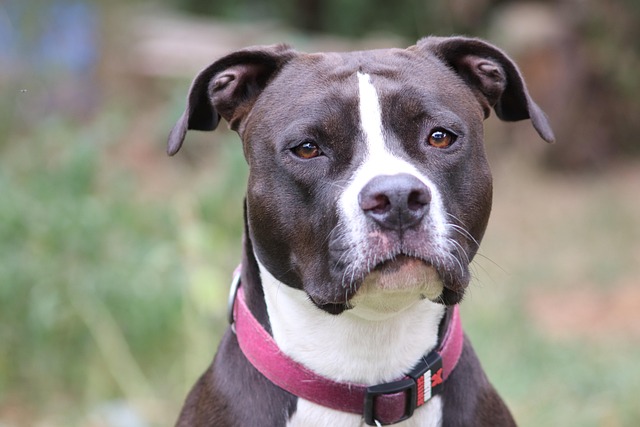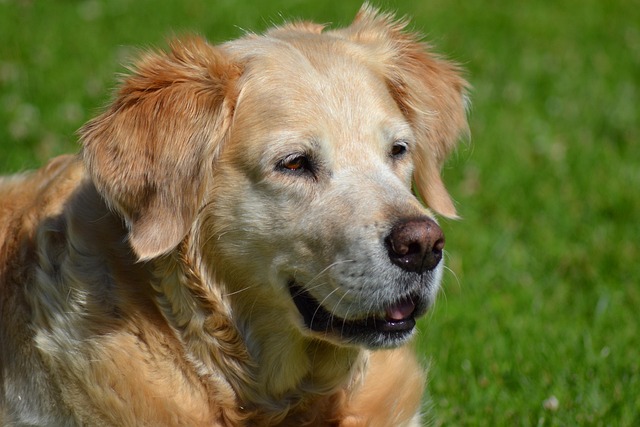
How to train potty train a dog?
Many new pet owners find themselves scrambling at 6 a.m., cleaning up a mess their puppy left by the couch.
The image of your dog curled up by a crackling campfire under a starry sky is the ultimate dream for many pet owners. But turning that dream into reality requires more than just packing an extra bowl and a long leash. The transition from a comfortable home to the unpredictable wilderness can be overwhelming for a dog. Training them for camping isn't about strict obedience; it's about building their confidence and teaching them to see the great outdoors as a fun, safe adventure with their favorite person—you.
A successful camping trip hinges on your dog's ability to handle novelty without becoming stressed. The foundation of this is rock-solid recall and the ability to settle on cue. Why? Because a campsite is full of irresistible distractions: scurrying squirrels, intriguing smells from neighboring sites, and unfamiliar people. Positive reinforcement training is the only ethical and effective way to build these skills. Using force or fear-based methods would create an anxious dog who associates the outdoors with stress, which is the opposite of your goal. Start training in low-distraction environments like your living room, then your yard, then a quiet local park, rewarding them heavily for checking in with you and for calm behavior. This gradual exposure is the key to rock-solid reliability.

Your pre-trip preparation should be a series of "dress rehearsals." Set up your tent in your backyard or even in your apartment living room. Let your dog explore it, feed them meals inside it, and spend a night sleeping in it together. This makes the tent a familiar, safe den instead of a scary unknown. Next, practice "camping" routines: use the camp stove to cook their dinner, get them comfortable wearing a canine-specific sleeping jacket if nights will be chilly, and teach them to relax on their bed or mat while you're busy. Pack their familiar bedding and toys—now is not the time for new things. Essential gear includes a brightly colored LED collar for nighttime visibility, a long (15-30 ft) biothane leash for secure tethers at the site, and a pet-specific first-aid kit.
This proactive preparation is a direct extension of your responsibilities as a compliant pet owner. Before you hit the road, ensure your dog's vaccination records are up-to-date, including rabies, which is not only a nationwide law but often required as proof at organized campgrounds. Furthermore, practicing Leave No Trace principles for dogs is non-negotiable. This means packing out every single poop bag—never leaving it buried or tossed in the woods—and keeping your dog from trampling protected vegetation or disturbing wildlife. This is the ultimate sign of respect for nature and your fellow campers, ensuring that parks remain welcoming to pets.
Your considerate approach ensures you're a good neighbor at the campground. This means keeping your dog leashed or on a long-line tether at all times, as most public lands mandate. A dog that barks excessively at every passing sound can ruin the serene experience for others, so reinforcing that "settle" cue is crucial. If you’re hiking to your site, practice proper trail etiquette: yield to other hikers by stepping off the trail and holding your dog’s collar, and always keep them from approaching other dogs or people without explicit permission. By taking the time to train properly, you’re not just planning a trip; you’re ensuring your four-legged best friend becomes a welcomed and joyful camper wherever you roam.

Many new pet owners find themselves scrambling at 6 a.m., cleaning up a mess their puppy left by the couch.

Potty training a German Shepherd can feel like a big task, especially since these dogs are smart but also have lots of energy—meaning accidents can happen fast if you’re not consistent.

One of the coziest parts of camping is settling in for the night, but as a new dog owner, you might be staring at your tent wondering

Bringing a new furry friend home is exciting, but figuring out potty training can feel overwhelming for first-time owners.

The thought of sharing your first camping adventure with your dog is incredibly exciting—the hikes, the campfire cuddles, the stunning photos.

The dream of falling asleep under the stars with your furry best friend curled up beside you is a powerful one. But for many new dog owners